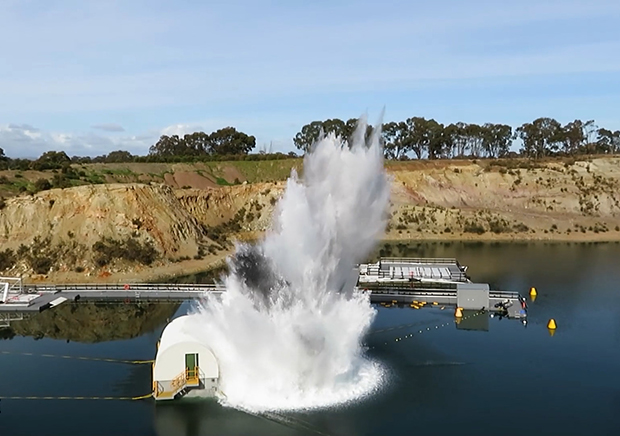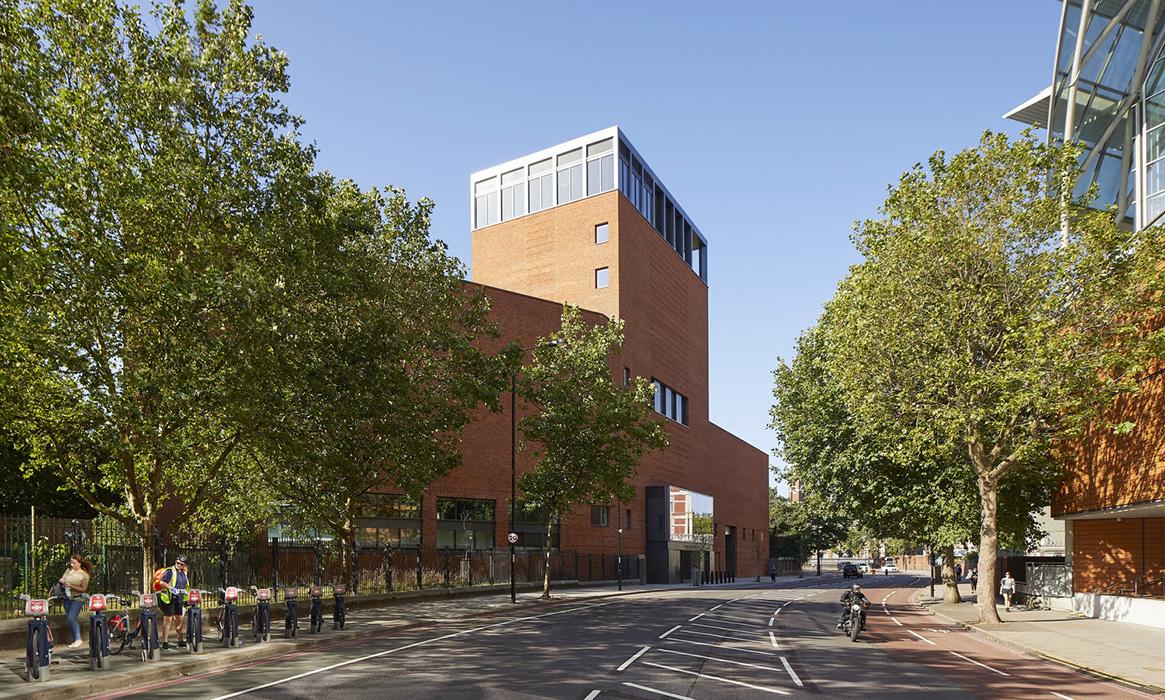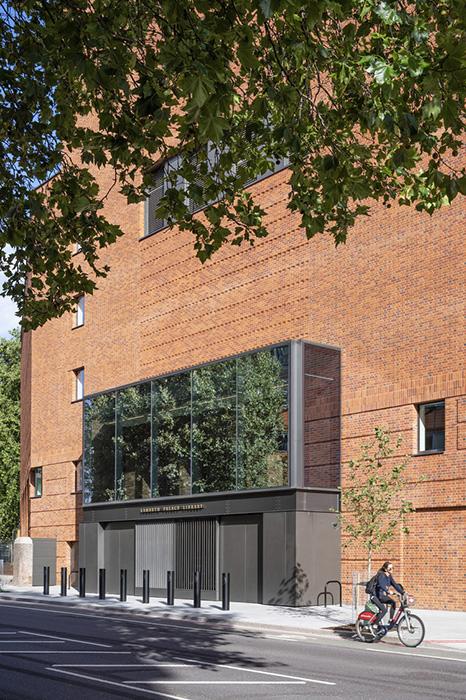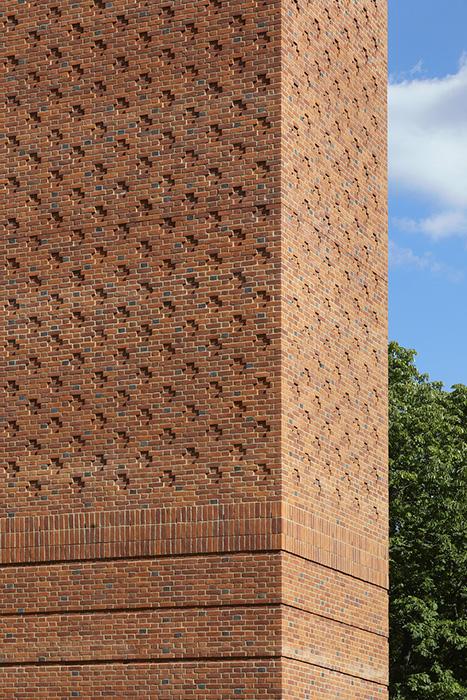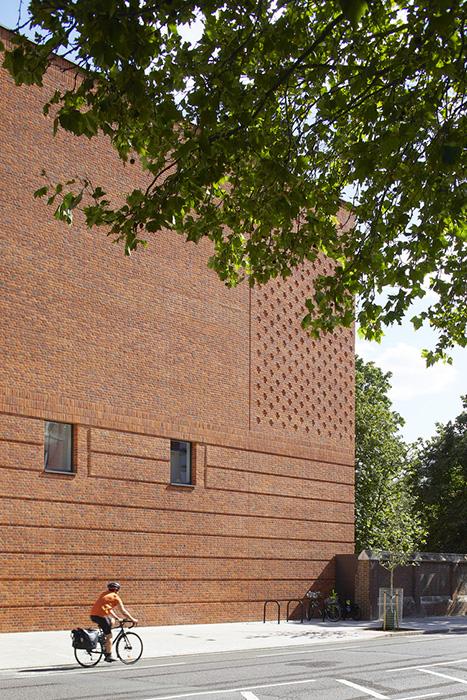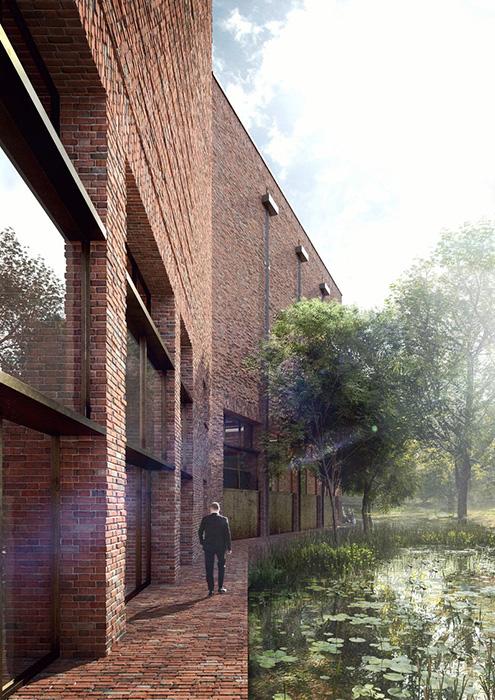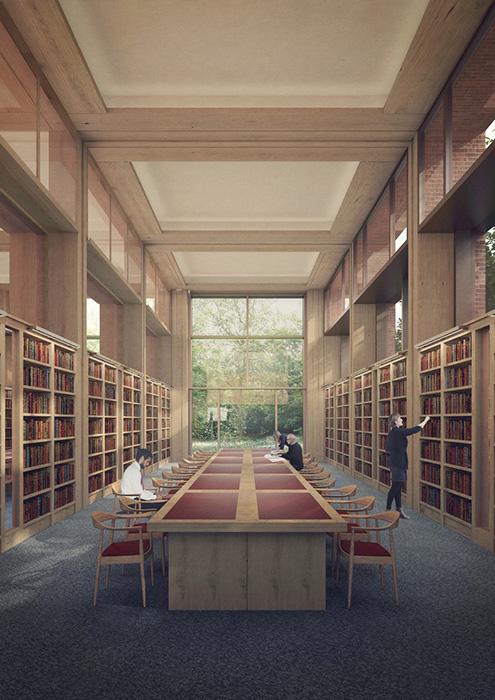
Lambeth Palace Library
Designed to house the second-largest religious collection in Europe, a new library aims to achieve a target of zero carbon emissions.
Lead Contact

Project Details
overview
Designed to house the second-largest religious collection in Europe after the Vatican’s, a new library aims to achieve a target of zero carbon emissions while maintaining a well-controlled space for the conservation and display of more than 200,000 books and manuscripts with records stretching back to the Middle Ages.
Working with the Church Commissioners for England, we are providing façade engineering services to architect Wright & Wright for the project, which is located on the south bank of the River Thames on the grounds of the Grade I-listed Lambeth Palace, home of the Archbishop of Canterbury. Featuring more than 300,000 handmade bricks, the façade was designed to pay homage to the Palace’s Tudor gate tower and blends into the gardens’ red brick perimeter wall.
highlights
- We carried out a detailed thermal study to demonstrate that the static thermal performances of the façade and wall constructions meet the target performance criteria, and we accessed the risk of interstitial and surface condensation in the years following construction.
- In analysing the construction materials and proposed methodology, we paid particular attention to the “drying out” of the building and its ability to maintain suitable internal conditions during its operation.
- We established locations and technical performances of vapour control layers and waterproof/breathable membranes in the construction and provided recommendations to their use.
Our Team




